Masters Of The Bill Stab - Herons
Herons, Big & Small
BIRDS
Aniruddha Bhattacharya
8/12/20253 min read
Pics : 1 - 3 = Golaith Heron ; Masai Mara | Pics : 4 = Great Egret ; Masai Mara | Pic : 5 = Grey Heron ; Masai Mara | Pic : 6 = Black Headed Heron ; Masai Mara | Pic : 7 = Pond Heron ; Tadoba national Park | Pic : 8 = Cattle Egret ; Kaziranga National Park | Pics : 9 - 12 = Straiated Heron ; South Andaman | Pics : 13 - 16 = Pacific Reef Heron ; South Andaman
If you’ve been around still natural water bodies, chances are you’ve seen these guys. They’re all around and all over the planet in one form or another except maybe in higher altitudes. While my friends the kingfishers were evolving to dive and catch fish, these guys evolved to stick their necks out for it and they’re pretty well adapted to that. They’re waders, these guys and they carry their necks coiled up usually to be extended at the event of the sighting of prey to spear it with those pointy beaks, lift it out of the water and toss it straight into their mouths. It’s called “The Bill Stab”. Some have shorter necks like the Striated Heron ( Pics : 9 – 12 ) and the Pond Heron ( Pic : 7 ) but the basic principle of their hunting strategy remains the same, to stand motionless or stalk around shallow water, eyes peeled for their prize and then, there’s a quick stretch of the neck, stab by the bill and shorter tools just get smaller prey for the smaller hunter carrying the smaller weapons system.
Although they’re in no way as glamorous as the Kingfishers in their ways of the hunt, I’m certain that they had a role to play with us figuring out fishing with spears given that they’ve been around for 60 million years at least. Yep, that’s how old the oldest fossils that we have of these guys are. Herons, Egrets and Bitterns together form the Ardeidae family. There are 75 members in this family and among them; it’s the Herons who usually have long bills. The classification of this family is another khichdi bird classification that there’s no consensus on. Herons themselves resemble Storks, Ibises & Cranes, to name just a few but they fly with their necks retracted as opposed to outstretched. Then you have the case of the Great Egret who’s also called the Great White Heron. Go figure ! I guess we just have to agree that they’re related and leave it at that.
There are two kinds of Herons based on their preference of hunting times, the day and night Herons. Most of them are colonial or at least partially while Bitterns and Tiger Herons are solitary nesters. Most of them are monogamous although interestingly some female Herons have been seen attaching themselves to impotent males and then seeking sexual gratification elsewhere. The males start the courtship process by building the nests which are usually near water. So our guy Heron will get up on his nest and deploy stretch display using erectile neck feathers. Now the girl Heron has to be careful not to approach too soon or she will face aggression and has to wait upto four days for our guy to calm down.
Egrets ( Pic : 4 ) are common around my hometown of Guwahati. I pretty much see them on any day when I take the scenic route to work. Cattle Egrets ( Pic : 8 ) are common as well in the reserves in Assam. Of all the other 6 of these guys whose photos I have, I’d like to tell you about the Golaith Heron the most. The biggest of the Herons and I’ll admit I was pretty excited about seeing this guy. Well, I did see him and then I decided to wait for him to stretch his neck out and I waited and waited for 45 minutes in the Savannah sun to no luck. It was a pretty bright afternoon as well and there was nothing else to do or see there. Yeah I’m pretty sure I lost some honeymoon points over this guy but I think I also made up for it cause the waiting caused us to run into some Mongoose on the way back which we didn’t see again. Last year, in Sri. Vijatapuram, I finally got to see one of these guys in action when I spotted the Straited Heron ( Pics : 8 – 11 ) stalking around and then standing motionless time and again going about his hunt to no luck for an hour or so and the next morning, I saw the Pacific Reef Heron ( Pics : 13 – 15 ) do the neck harpoon and bill stab of a fish by the sea within 5 minutes of us getting to him. The others that I have so far are, well, as they are for your viewing pleasure.
I’m not chasing Herons. They don’t really excite me that much but I’m sure I’ll see more of them as I keep doing this. Given my experience with the Golaith though, I know better than to wait around for em either. That said, to give credit where it’s due, there’s no one on this universe who beats The Heron at being the Master Of The Bill Stab. Others do it, but the Heron is just obviously more successful given the various sizes, shapes and adaptaions that their kind come with. It’s all done and dusted in the blink of an eye just such a pity that they’re too fast to catch doing it in a clear shot usually and that’s something that has to be admired.
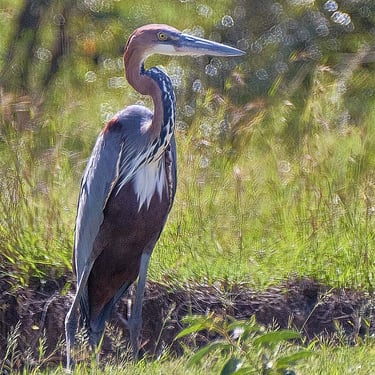
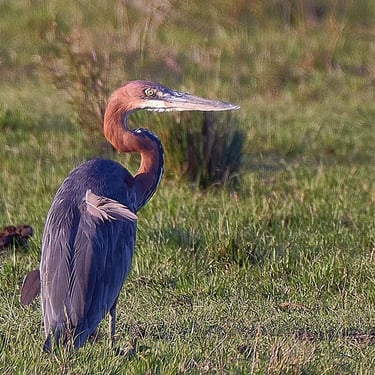
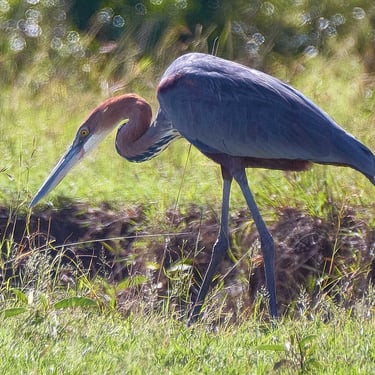
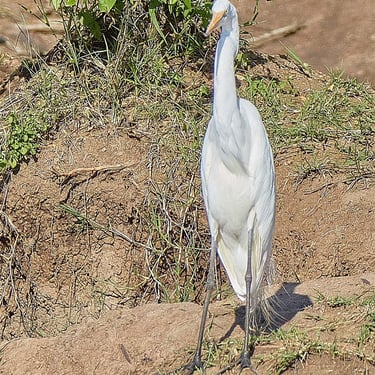
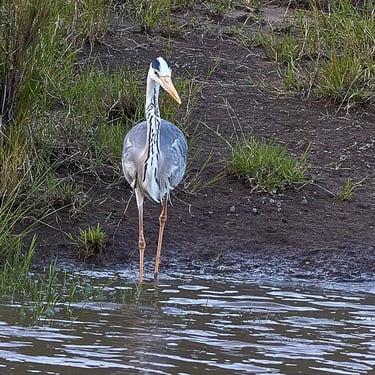
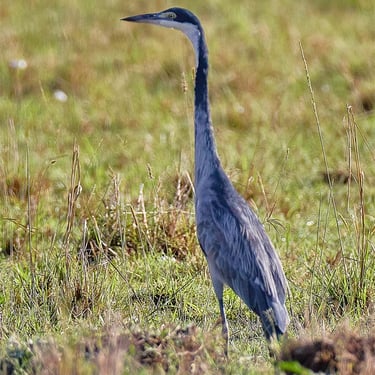
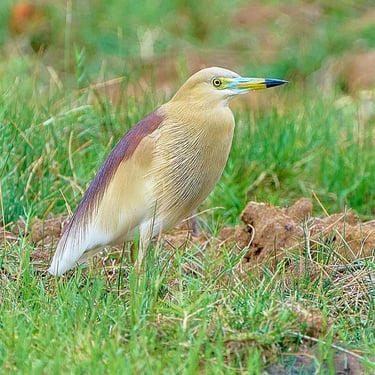
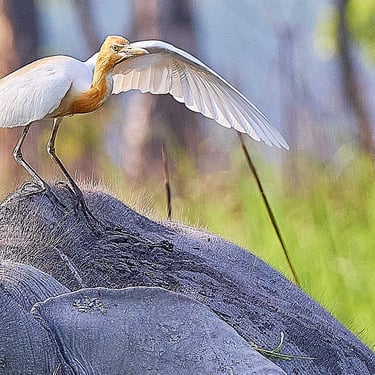
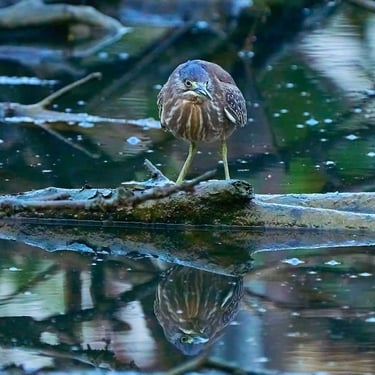
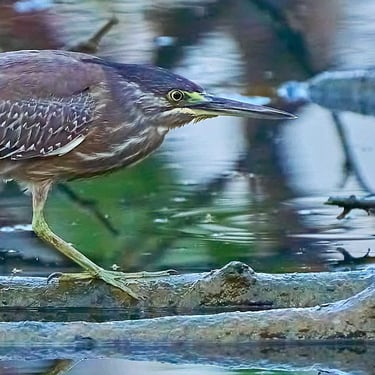
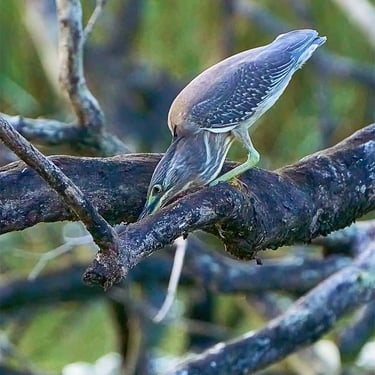
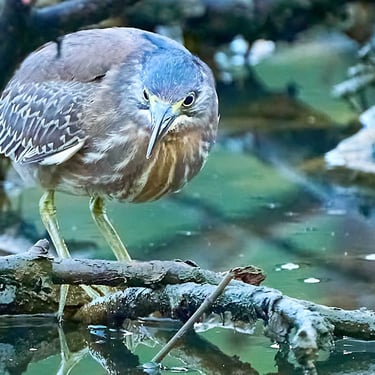
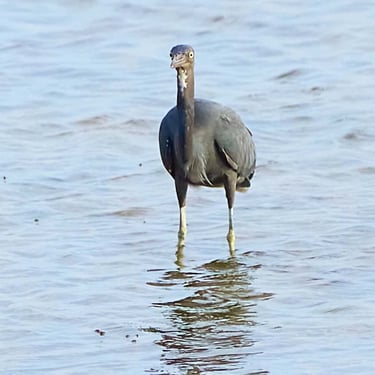
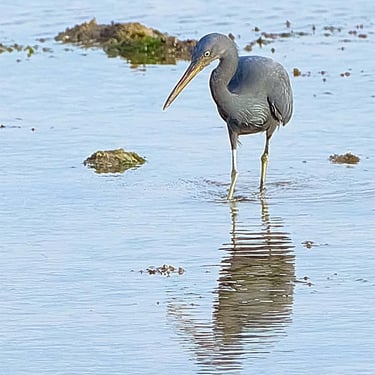
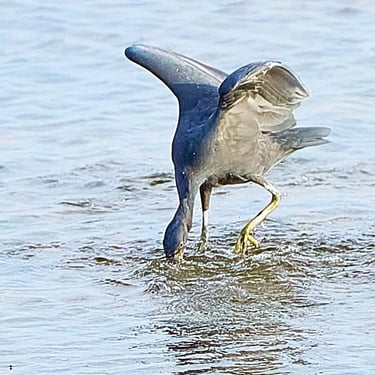
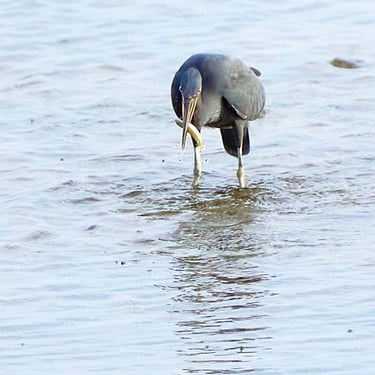
© 2025. All rights reserved.
